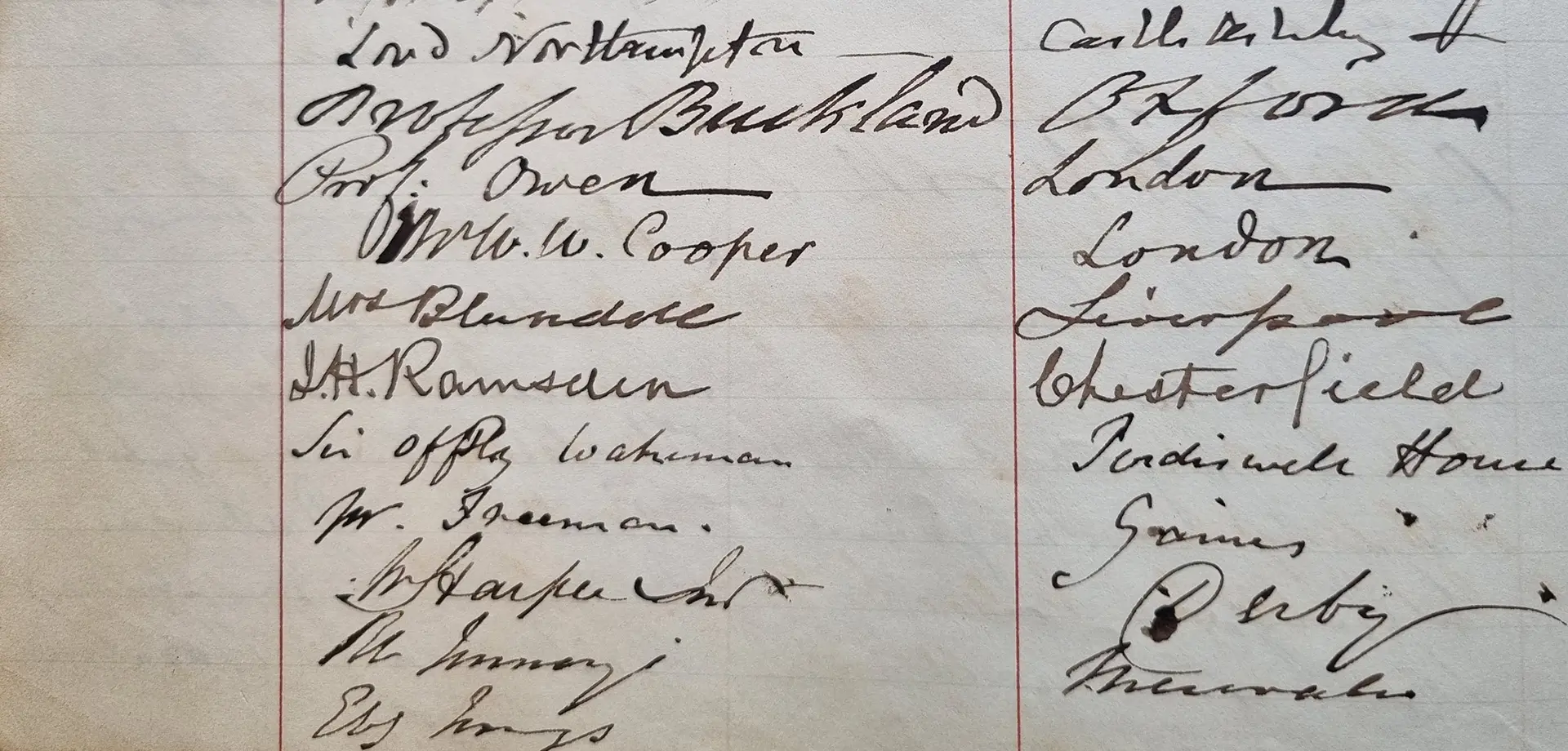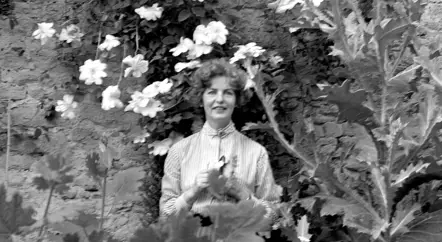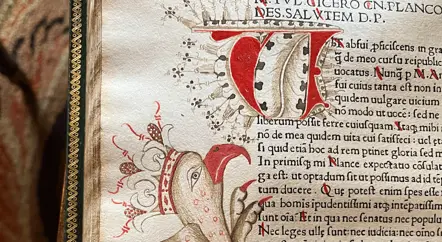Collections & Archives Assistant Ian Gregory is currently transcribing entries from our historic visitors’ books and reports on another visit of note he has come across:
Today the word ‘dinosaur’ is used frequently all over the world. It’s easy to forget that it was coined less than 200 years ago. I mention it because, on 14 July 1843, the man who invented the word honoured Chatsworth with his presence. His name was Richard Owen. He was born in 1804 and died in 1892. In addition to coining the word dinosaur (meaning ‘terrible lizard’ in Greek) he established the Natural History Museum in London.
Owen was born in Lancaster and became a surgeon’s apprentice. In 1836 he became Hunterian Professor at the Royal College of Surgeons. During this period geologists were rejecting the Biblical creation story and concluding that the Earth was millions rather than thousands of years old. Mary Anning discovered fossils of extinct marine reptiles such as ichthyosaurs and plesiosaurs. Then, in 1824, fossils of large terrestrial animals from the Mesozoic Era came to light: Iguanodon, a three ton herbivore with teeth similar to an iguana lizards, and Megalosaurus, a six metre (20 foot) long carnivore. Neither was represented by a complete skeleton but it was clear that a new term was needed to describe such animals. Richard Owen came up with dinosaur in 1841.
In 1851 the Great Exhibition opened at the Crystal Palace in London. Many readers will know that the Palace was designed by Joseph Paxton who was Head Gardener at Chatsworth. After the Great Exhibition, giant sculptures of dinosaurs were created for the park surrounding the Palace (it was moved from Hyde Park to Sydenham Hill in 1854). It was Owen who directed the sculptor, Benjamin Hawkins, in creating these sculptures. While the Crystal Palace was destroyed by fire in 1936 the sculptured dinosaurs survive to this day. Because Owen still had only partial skeletons to work from, the said reconstructions were far from accurate. Iguanodon and Megalosaurus are represented as quadrupeds whose tails drag on the ground. Iguanodon sports a horn on its nose. Today the predator is known to have been bipedal and the ‘horn’ was a thumb with a spike on it. Both species carried their tails aloft rather than dragging them on prehistoric ground.
Just above Owen’s signature is that of Professor Buckland. This must be William Buckland who also pioneered studies of dinosaurs. It was he who, in 1824, wrote the first scientific description of a dinosaur. The fossil in question was of Megalosaurus and it came from a quarry in Oxfordshire.
Did Owen and Buckland visit Chatsworth together that summer’s day? It seems likely, as Buckland acted as a patron to Owen and they developed a friendship. Owen was not liked by everyone, however: he was a controversial figure and was accused of claiming credit for other people’s work. Charles Darwin described him as “spiteful, extremely malignant, clever.” Owen may have been brilliant but that did not necessarily make him a nice person.





